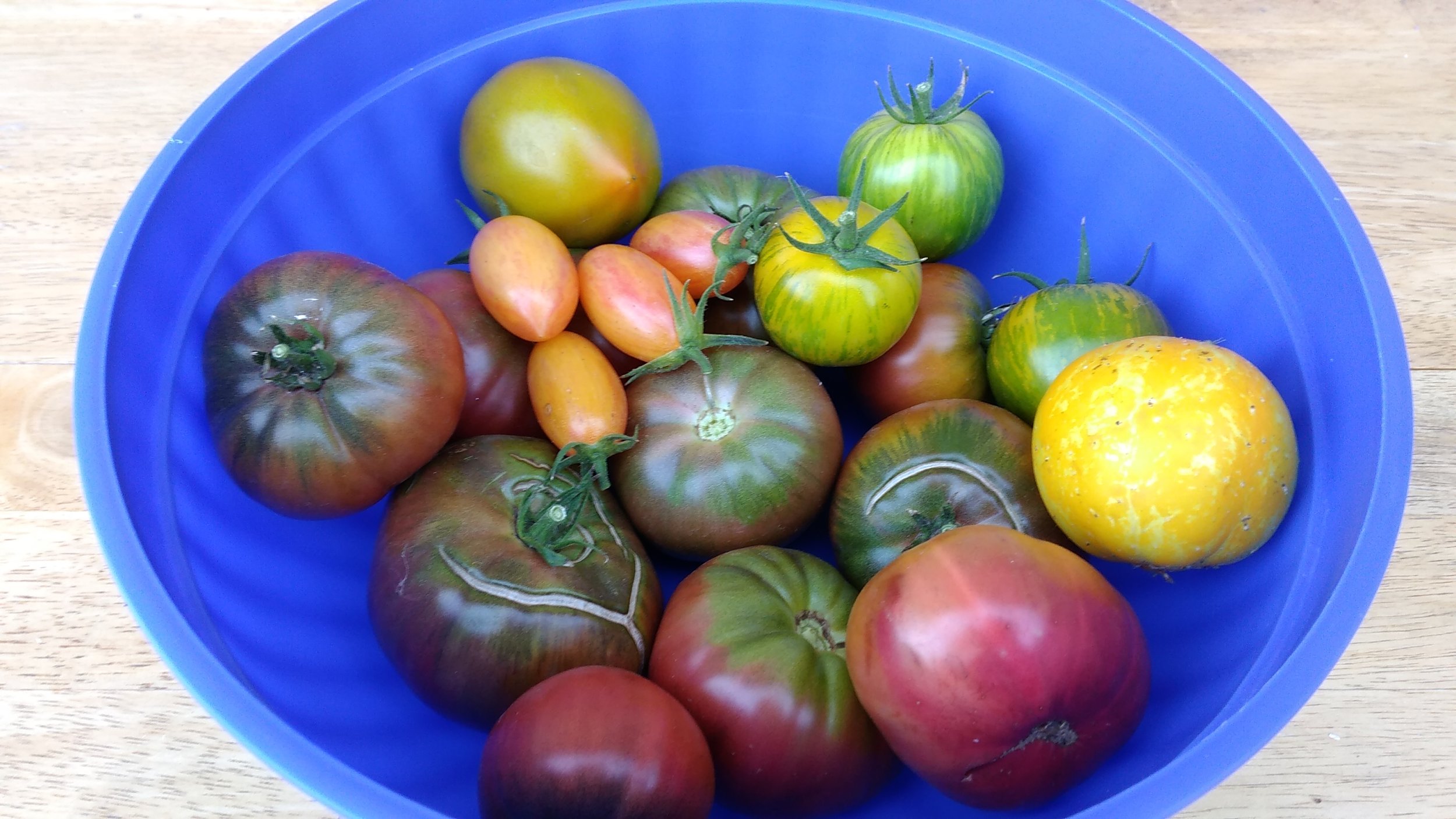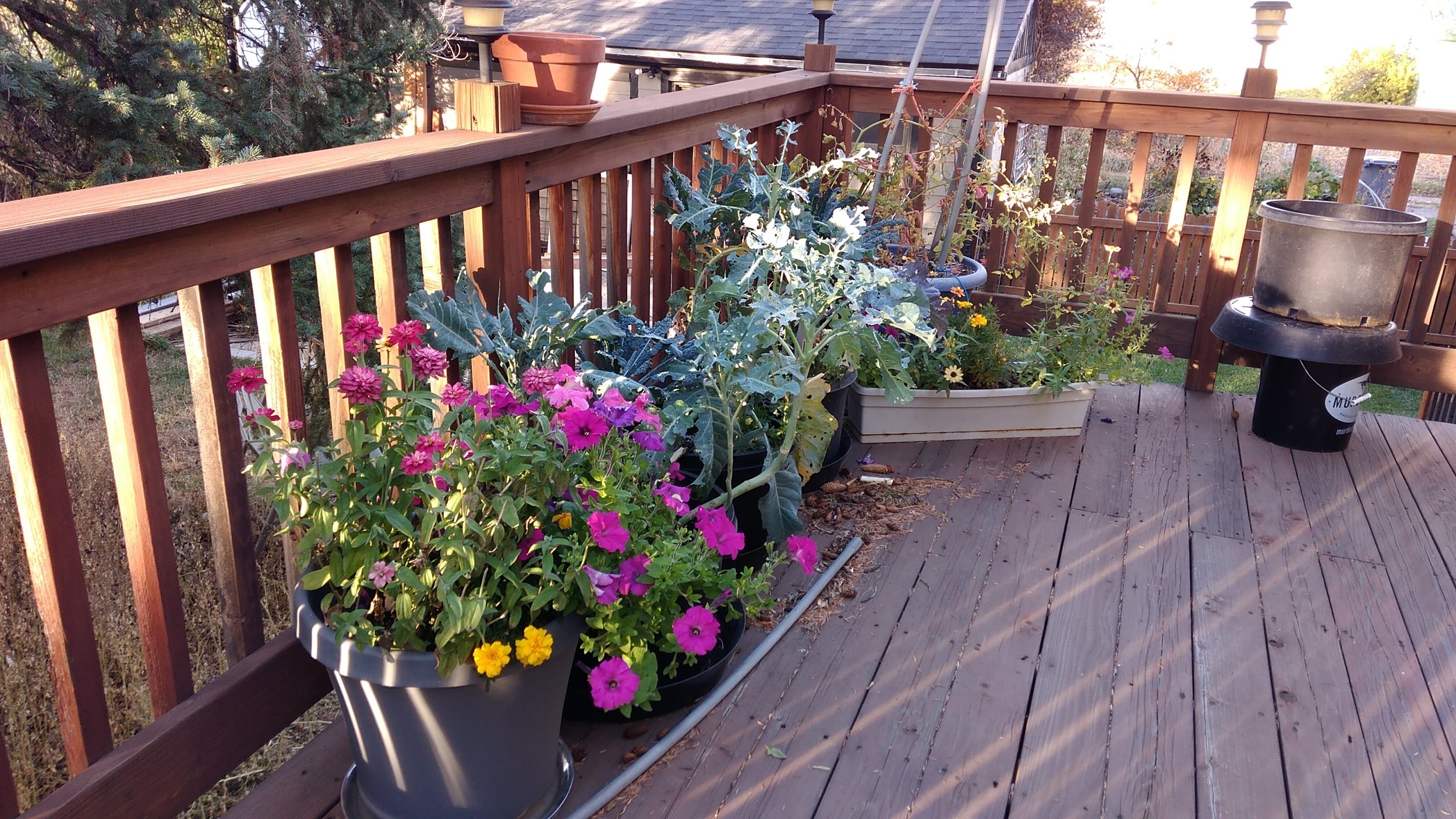Novembering: Harvest evaluation, end-of-season tasks, missing my dog
Thanksgiving is around the corner. We’re thankful we had that eight-inch snow back in October, because it melted, sank into the ground, and froze there. That’s good, because we haven’t had any rain or snow since then! It’s been weirdly dry and warm this November. It’s freezing at night, but many frost-hardy perennial herbs (sage, oregano, thyme, mint) are still growing. We’re still finishing some late-season tasks because we can—new sheet mulching, moving gravel, cleaning the barn…
There’s not so much of a bounce in our step since we said goodbye to Mattie. We’re sad. I think we will be for a while. The microfarm tasks keep us up and moving. Thanksgiving is in days, and we DO have a lot to be thankful for. We know that.
As for that question of yield… Back at the beginning of this growing season, I mentioned how we had to scale back while we cared for Mattie.
QUESTION: Does one-third of the effort produce one-third of the yield?
We normally harvest about 300 pounds of food and culinary herbs from our sideyard kitchen garden (about 10’ x 10’) and “tiny food forest” beds (about 45’ x 45’ total planted space including “blank space” immediately under fruit trees). It’s about 2100 square feet.
Some rough math for the homesteading set:
We actively plant on about 1/20th of an acre. Some years we’ve planted out as much as 1/10th of an acre. More recently, we scaled back, providing more frequent fallow times for every annual veggie bed.
300 pounds of food from 1/20th of an acre, is equivalent to the amount of food you’d grow if the same space grew conventional corn (based on similar Montana climates and soils).
But it’s way shy of high-intensity organic gardening systems that can boast 200 pounds of food from 250 square feet.
On our urban plot, we practice gentle “forage harvesting” only. We leave a LOT to fall back and fertilize the ground, because we still have such thin young soil. (Remember there was NO topsoil when we moved to this property 8 years ago). We definitely don’t “live off our yard farm”, but we do eat about half-homegrown in the summer, supplement our groceries in the winter, and teach our neighbors to do likewise.
High-intensity annual gardening could yield more—but we’d have to ship in enough extra compost to cover each bed with about 2 inches every year. The material and delivery costs might wash out any savings we had from growing our own food! And we’d still be taxing the soil way too much, way too early in the soil-building process. In a region this dry, soil takes a loooong time to mature.
All that said… If our one-third effort were to match yield, we should have harvested only 100 pounds of food this year. Probably closer to 70 pounds, given the Big Slug Scourge of Spring 2023.
But nature messed with the math—generously. Berries and other perennials gave surprising yields. A few annuals (carrots, tomatoes, salad greens) provided unexpected abundance too.
ANSWER:
We put in one-third of the effort and got one-half of the yield.
About 150 pounds instead of the expected 100.
Yes, lots to be thankful for.
In the midst of missing Mattie, I walk along her favorite river trail, and I think of everything I’m thankful for. The fruit and veggies in the freezer. The potatoes, garlic, and onions in the cellar. Bunches of late-season kale in the crisper. Winter squash given to us by a friend when they heard we didn’t grow squash this year, but they did—and they had an over-abundance.
And then there is Mattie’s final gift to us: a year-long reminder to slow down. Stop striving so hard. Let the perennial food plants care for themselves. Allow and welcome fallow times. Let nature work at her pace and provide surprise harvests.
Here are just a few more photo highlights from this end-of-season time…







